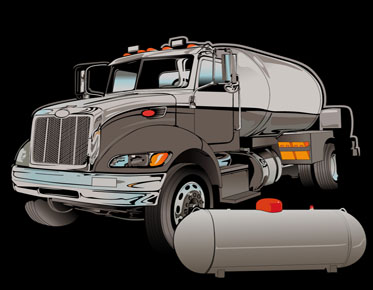The Importance of Understanding Embroidery Machine Specifications and Limitations in Logo Digitization
When digitizing a logo for embroidery, it is
essential to have a solid understanding of embroidery machine specifications
and limitations. This knowledge allows for the creation of designs that are
compatible with the machines, optimize production efficiency, and ensure
high-quality embroidered results. In this article, we will explore the
significance of understanding embroidery machine specifications and limitations
and how they impact logo digitization.
1. Design Compatibility:
Embroidery machines have specific file format requirements, and understanding them is crucial. By knowing the machine's supported file formats, stitch count limitations, and design area constraints, you can create a digitized logo that seamlessly integrates with the embroidery machine. This compatibility ensures smooth production without any issues related to file format compatibility or design size. You can also turn to a professional embroidery digitization service for a high quality digitizing.
2. Stitch Density and Length:
Embroidery machines have limitations on stitch
density and length. Properly understanding these limitations is vital for
achieving optimal results. Consider the fabric being used and select an
appropriate stitch density to avoid overly dense or sparse embroidery. Likewise,
understanding the machine's stitch length limitations helps in creating designs
with balanced and visually appealing stitch lengths.
3. Hoop Size and Design Placement:
Embroidery machines come with
different hoop sizes, and designs must fit within the designated area.
Understanding the machine's hoop size is essential for determining the
appropriate dimensions of the digitized logo. Additionally, considering design
placement on the garment or item being embroidered ensures proper centering and
alignment, avoiding design cutoffs or misplacements.
4. Thread and Color Limitations:
Embroidery machines have limitations on the
number of threads and colors that can be used simultaneously. It is crucial to
comprehend these limitations when embroidery digitizing a logo. By selecting an appropriate color palette that adheres
to the machine's capacity, you can avoid thread breakages, stitching errors, or
exceeding the machine's color limits. This ensures smooth and efficient
production.
5. Machine Capabilities:
Different embroidery machines have varying capabilities, such as the ability to handle special embroidery techniques like appliqué, 3D embroidery, or metallic thread stitching. Understanding the machine's capabilities enables you to tailor the digitized logo accordingly. You can include or exclude specific design elements based on the machine's capabilities, ensuring that the logo can be faithfully reproduced without compromising the machine's limitations.
6. Production Time and Efficiency:
Understanding the embroidery machine's speed
and production capabilities is vital for effective project planning. By
considering the machine's production rate, you can estimate the time required
to complete the embroidery design
job. This knowledge helps in managing production schedules, meeting client
deadlines, and optimizing overall efficiency.
7. Cost Considerations:
Embroidery machines involve costs associated
with their operation and maintenance. Understanding machine specifications and
limitations allows for accurate cost estimation. By optimizing the digitized
logo to minimize stitch count and reduce production time, you can effectively
manage costs and maximize profitability.
Whether you decide to digitize in-house or outsource, ensuring a comprehensive understanding of embroidery machine specifications and limitations will result in superior digitized logos and a seamless production process. By considering design compatibility, stitch density and length, hoop size and design placement, thread and color limitations, machine capabilities, production time and efficiency, as well as cost considerations, you can make an informed decision that aligns with your specific needs and achieves exceptional embroidery results. Collaborating with a professional embroidery digitizing service in the USA further enhances your ability to leverage their expertise and ensure the highest quality standards are met.
Frequently Asked Questions (FAQs):
1. Can I digitize a logo in-house without
prior embroidery digitizing experience?
While it is possible to digitize a logo
in-house without prior experience, achieving professional-quality results may
be challenging. It requires proficiency in digitizing software, understanding
of embroidery techniques, and knowledge of machine specifications. Consider
consulting experts or investing in training to enhance your digitizing skills.
2. How do embroidery digitizing services
ensure confidentiality and protect my logo's intellectual property?
Reputable embroidery digitizing services
prioritize client confidentiality. They should be willing to sign
non-disclosure agreements (NDAs) to protect your proprietary information and
designs. It is essential to clarify their data security measures and discuss
intellectual property protection before collaborating with any service.
3. What is the typical turnaround time for
logo digitization with professional embroidery digitizing services in the USA?
The turnaround time for logo digitization
varies depending on the complexity of the design, the volume of projects, and
the service provider's workload. It is recommended to discuss turnaround time
expectations with the embroidery digitizing service beforehand to ensure
alignment with your project timeline.



